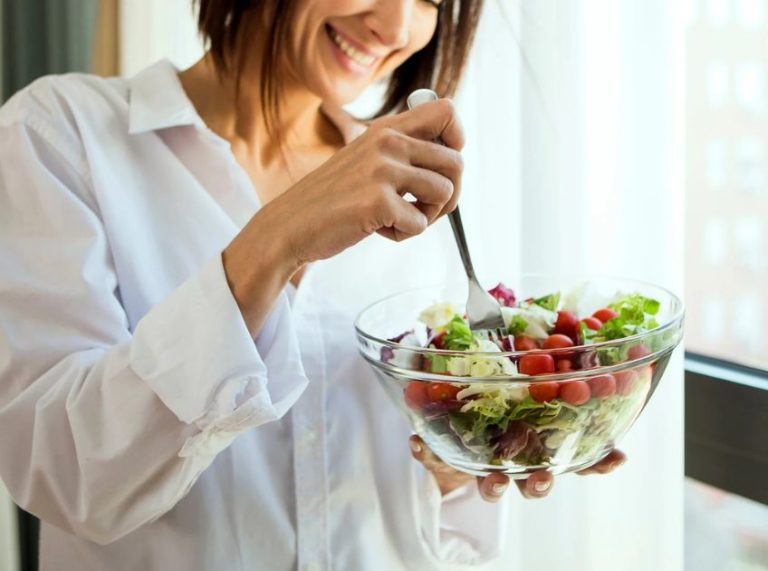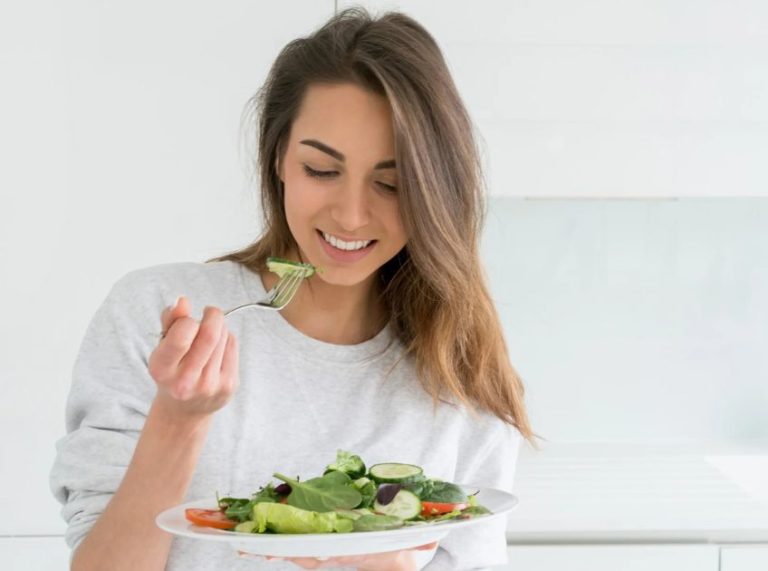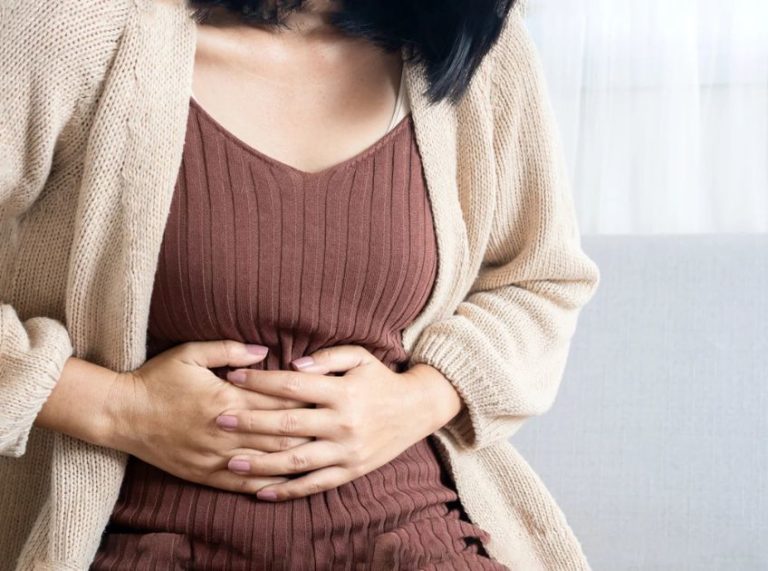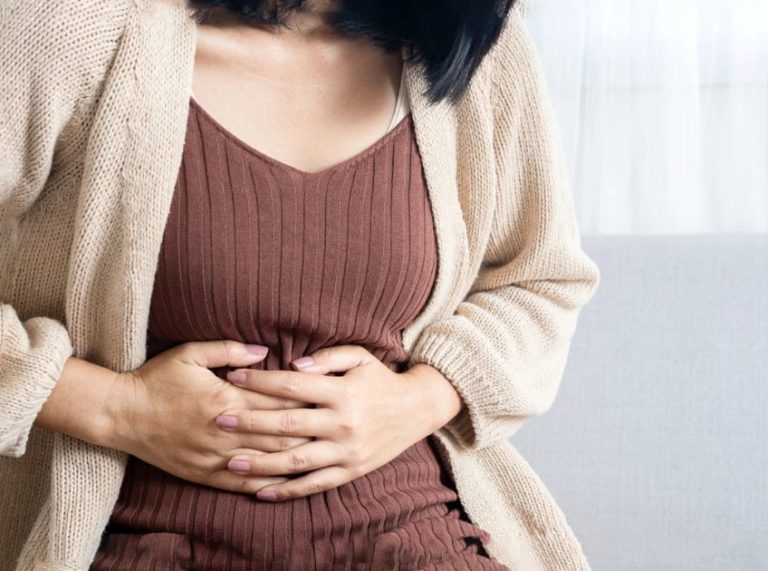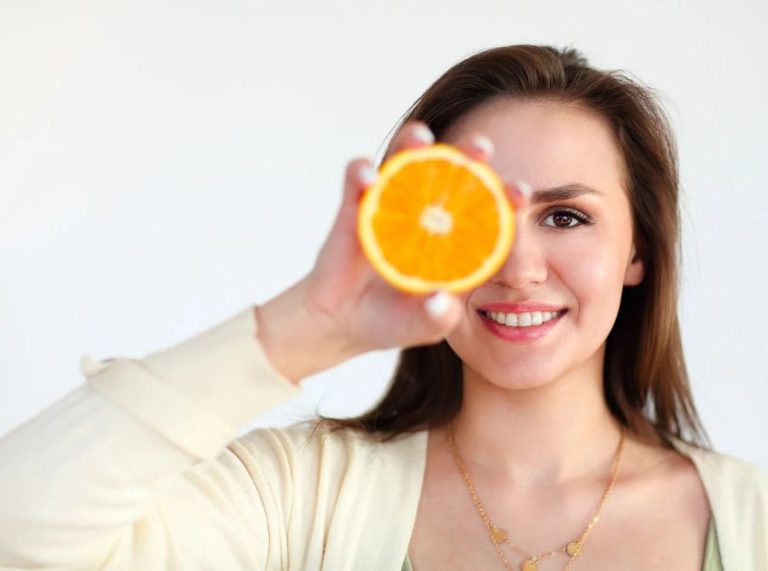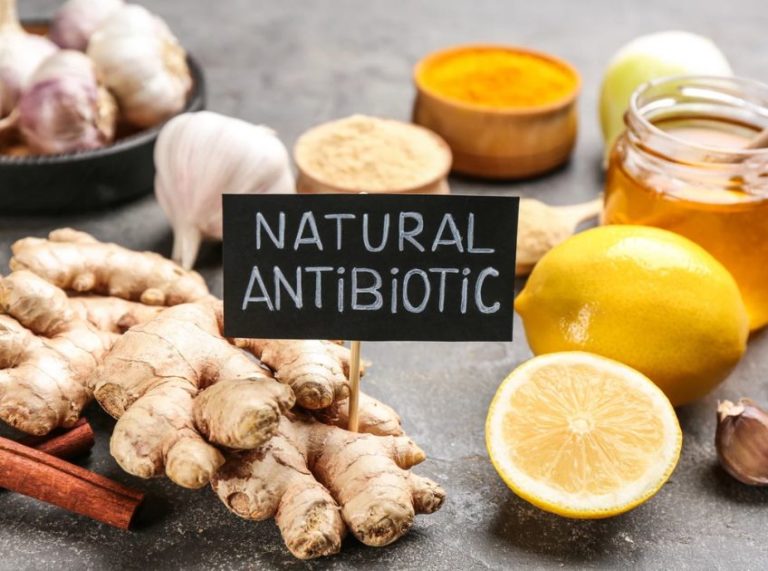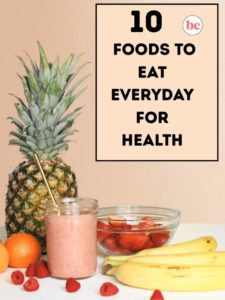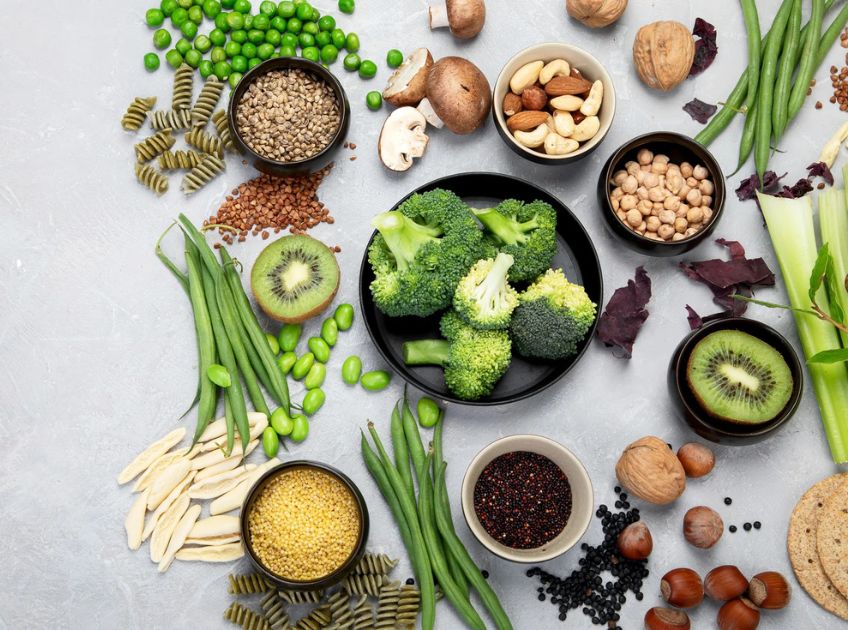
Important: This article is for informational purposes only. Please read our full disclaimer for more details.
Iron is one of those essential nutrients your body simply can’t do without. It plays a key role in forming hemoglobin—the protein in red blood cells that carries oxygen throughout your body. Without enough iron, you might feel tired, weak, or even dizzy.
While meat is a well-known source of iron, many people—especially those on vegetarian or vegan diets—wonder how to meet their needs without animal products. The good news? Plants offer plenty of iron-rich options, along with fiber, antioxidants, and other nutrients that support overall wellness (1). Let’s explore the top plant-based sources of iron and how to make the most of them.
Top Plant-Based Powerhouses: Foods Packed with Iron
Below are the best plant-based sources of iron, each with its own unique nutrient profile. These tables will help you understand exactly how much iron (and other benefits) you get from each serving — making it easy to plan an iron-rich, plant-powered diet.
1. Lentils – The Everyday Iron Booster
Lentils are protein-rich, high in fiber, and packed with iron that supports energy and red blood cell production.
| Nutrient | Amount (per 1 cup cooked) | Bonus Benefits |
|---|---|---|
| Iron | 6.6 mg | High in protein and folate; supports heart health |
| Fiber | 15.6 g | Aids digestion and stabilizes blood sugar |
| Protein | 18 g | Supports muscle and tissue repair |
Expert Tip: Combine with tomatoes or lemon juice to enhance iron absorption.
2. Spinach – The Green Iron Giant
Spinach is a nutritional powerhouse filled with antioxidants and plant-based iron.
| Nutrient | Amount (per 100 g cooked) | Bonus Benefits |
|---|---|---|
| Iron | 2.7 mg | Rich in vitamin C and beta-carotene |
| Vitamin C | 28 mg | Boosts iron absorption |
| Folate | 146 µg | Supports red blood cell formation |
Expert Tip: Lightly steam spinach to reduce oxalates and unlock more nutrients.
3. Chickpeas – The Protein-Packed Iron Source
Chickpeas are a versatile ingredient, from hummus to hearty stews, providing steady energy and iron.
| Nutrient | Amount (per 1 cup cooked) | Bonus Benefits |
|---|---|---|
| Iron | 4.7 mg | Great source of plant protein |
| Fiber | 12.5 g | Supports gut health |
| Protein | 14.5 g | Promotes satiety and energy |
Expert Tip: Toss chickpeas with citrus or bell peppers for maximum iron uptake.
4. Tofu and Tempeh – The Vegan Iron Mainstay
These soy-based foods are excellent meat alternatives, offering both iron and complete protein.
| Nutrient | Tofu (½ cup) | Tempeh (½ cup) | Bonus Benefits |
|---|---|---|---|
| Iron | 3 mg | 3.6 mg | High in calcium, probiotics, and amino acids |
| Protein | 10 g | 15 g | Supports muscle repair and gut health |
| Calcium | 200 mg | 80 mg | Strengthens bones |
Expert Tip: Marinate in lemon or soy sauce for better absorption and flavor.
5. Pumpkin Seeds – The Tiny Nutrient Powerhouse
Small but mighty, pumpkin seeds deliver iron, magnesium, and zinc—all vital for muscle and immune function.
| Nutrient | Amount (per 30 g) | Bonus Benefits |
|---|---|---|
| Iron | 2.5 mg | Supports red blood cell production |
| Magnesium | 150 mg | Aids energy metabolism |
| Zinc | 2.9 mg | Enhances immunity |
Expert Tip: Sprinkle roasted seeds over salads or oatmeal for crunch and nutrition.
6. Quinoa – The Ancient Grain with Modern Benefits
Quinoa is a complete protein source that’s naturally rich in iron and fiber.
| Nutrient | Amount (per 1 cup cooked) | Bonus Benefits |
|---|---|---|
| Iron | 2.8 mg | Gluten-free and rich in antioxidants |
| Protein | 8 g | Complete amino acid profile |
| Fiber | 5 g | Improves digestion |
Expert Tip: Serve as a base for bowls or mix with lentils for a double iron hit.
7. Black Beans – The Iron-Rich Fiber Star
Black beans offer slow-digesting carbs and iron for sustained energy throughout the day.
| Nutrient | Amount (per 1 cup cooked) | Bonus Benefits |
|---|---|---|
| Iron | 3.6 mg | Helps prevent anemia |
| Fiber | 15 g | Supports healthy digestion |
| Protein | 15 g | Builds lean muscle |
Expert Tip: Pair with vitamin C foods like tomatoes or citrus for improved absorption.
8. Chia Seeds – Small but Mighty
Tiny but nutrient-dense, chia seeds deliver a solid iron dose along with omega-3 fatty acids.
| Nutrient | Amount (per 2 tbsp) | Bonus Benefits |
|---|---|---|
| Iron | 2.2 mg | Supports oxygen transport |
| Omega-3 | 4.9 g | Reduces inflammation |
| Calcium | 179 mg | Strengthens bones |
Expert Tip: Add soaked chia seeds to smoothies, yogurt, or overnight oats.
9. Oats – The Breakfast Iron Champion
Oats are a fantastic source of iron and heart-healthy fiber to keep you energized.
| Nutrient | Amount (per 1 cup cooked) | Bonus Benefits |
|---|---|---|
| Iron | 3.4 mg | Supports red blood cell function |
| Fiber | 4 g | Improves cholesterol balance |
| Protein | 6 g | Sustains energy |
Expert Tip: Pair oats with strawberries or kiwi for better iron absorption.
10. Dark Chocolate – The Sweet Iron Treat
A delicious source of iron and antioxidants, dark chocolate can improve circulation and mood.
| Nutrient | Amount (per 28 g, 70–85% cocoa) | Bonus Benefits |
|---|---|---|
| Iron | 3.4 mg | Improves blood flow and mood |
| Magnesium | 64 mg | Supports muscle relaxation |
| Flavonoids | — | Acts as antioxidants |
Expert Tip: Enjoy a small square daily—preferably after meals.
11. Cashews and Almonds – Crunchy Iron Snacks
These nuts are rich in healthy fats, iron, and essential minerals that support overall vitality.
| Nutrient | Cashews (28 g) | Almonds (28 g) | Bonus Benefits |
|---|---|---|---|
| Iron | 2 mg | 1.1 mg | Provides sustained energy |
| Healthy fats | 12 g | 14 g | Supports heart health |
| Magnesium | 82 mg | 76 mg | Helps energy metabolism |
Expert Tip: Snack on a handful daily or add to salads and smoothies.
12. Amaranth and Millet – Forgotten Grains with Big Benefits
These ancient grains are iron-rich, gluten-free, and great for improving digestion.
| Nutrient | Amaranth (1 cup cooked) | Millet (1 cup cooked) | Bonus Benefits |
|---|---|---|---|
| Iron | 5.2 mg | 1.1 mg | High in fiber and B vitamins |
| Protein | 9 g | 6 g | Supports tissue growth |
| Calcium | 116 mg | 8 mg | Supports bone strength |
Expert Tip: Use them in porridge, salads, or pilafs for variety and nutrition.
13. Beetroots – The Circulation Supporter
Beets help boost oxygen flow and red blood cell production due to their folate and nitrate content.
| Nutrient | Amount (per 1 cup cooked) | Bonus Benefits |
|---|---|---|
| Iron | 1.1 mg | Supports red blood cell health |
| Folate | 148 µg | Helps form DNA and red blood cells |
| Nitrates | — | Improves blood flow and endurance |
Expert Tip: Blend beetroot juice with apple and ginger for a refreshing morning tonic.
14. Dried Fruits – Naturally Sweet Iron Snacks
Dried fruits are concentrated sources of energy, iron, and antioxidants.
| Nutrient | Dried Apricots (6 pieces) | Raisins (¼ cup) | Bonus Benefits |
|---|---|---|---|
| Iron | 1.8 mg | 1.5 mg | Rich in fiber and antioxidants |
| Fiber | 2 g | 1.3 g | Supports gut health |
| Potassium | 400 mg | 320 mg | Maintains fluid balance |
Expert Tip: Mix with nuts for an energy-packed trail mix.
15. Kale and Leafy Greens – Gentle Iron for Everyday Health
Kale and other greens are nutrient-dense and easy to incorporate daily.
| Nutrient | Amount (per 1 cup cooked) | Bonus Benefits |
|---|---|---|
| Iron | 1.2 mg | Helps oxygen transport |
| Vitamin K | 550 µg | Supports bone strength |
| Vitamin C | 35 mg | Boosts iron absorption |
Expert Tip: Add a squeeze of lemon or orange juice to kale salads for better iron uptake.
Science Speaks: Making the Most of Plant-Based Iron
There are two main types of dietary iron: heme iron (from animal sources) and non-heme iron (from plants). While non-heme iron isn’t absorbed as easily, research shows that pairing it with vitamin C can increase absorption up to threefold (2).
Another helpful trick is to avoid tea or coffee with meals, since tannins can inhibit iron absorption. Cooking in cast iron pans can also naturally boost the iron content of your food—a small but effective bonus!
A 2021 review in the Journal of Nutritional Science found that vegetarians and vegans who consume a varied diet rich in lentils, soy, whole grains, and seeds generally meet their iron needs without supplementation (3)(4).
Frequently Asked Questions (FAQ’S)
1. How much iron do I need daily?
A. Adult men need about 8 mg per day, while women (especially those of childbearing age) need 18 mg per day due to menstrual blood loss. Pregnant women need around 27 mg daily.
2. Can I get enough iron from a vegan diet?
A. Yes—if you eat a balanced variety of iron-rich foods and pair them with vitamin C sources like citrus fruits, bell peppers, or strawberries.
3. What are the signs of low iron levels?
A. Common symptoms include fatigue, pale skin, dizziness, headaches, and shortness of breath. If you suspect iron deficiency, consult a healthcare professional for a blood test before taking supplements.
Final Thoughts
You don’t need meat to meet your iron needs—plants offer plenty of powerful options. Foods like lentils, tofu, spinach, pumpkin seeds, and quinoa can help keep your energy up and your body strong. With a little planning and smart pairings, a plant-based diet can provide all the iron (and vitality) your body needs—naturally, sustainably, and deliciously.

